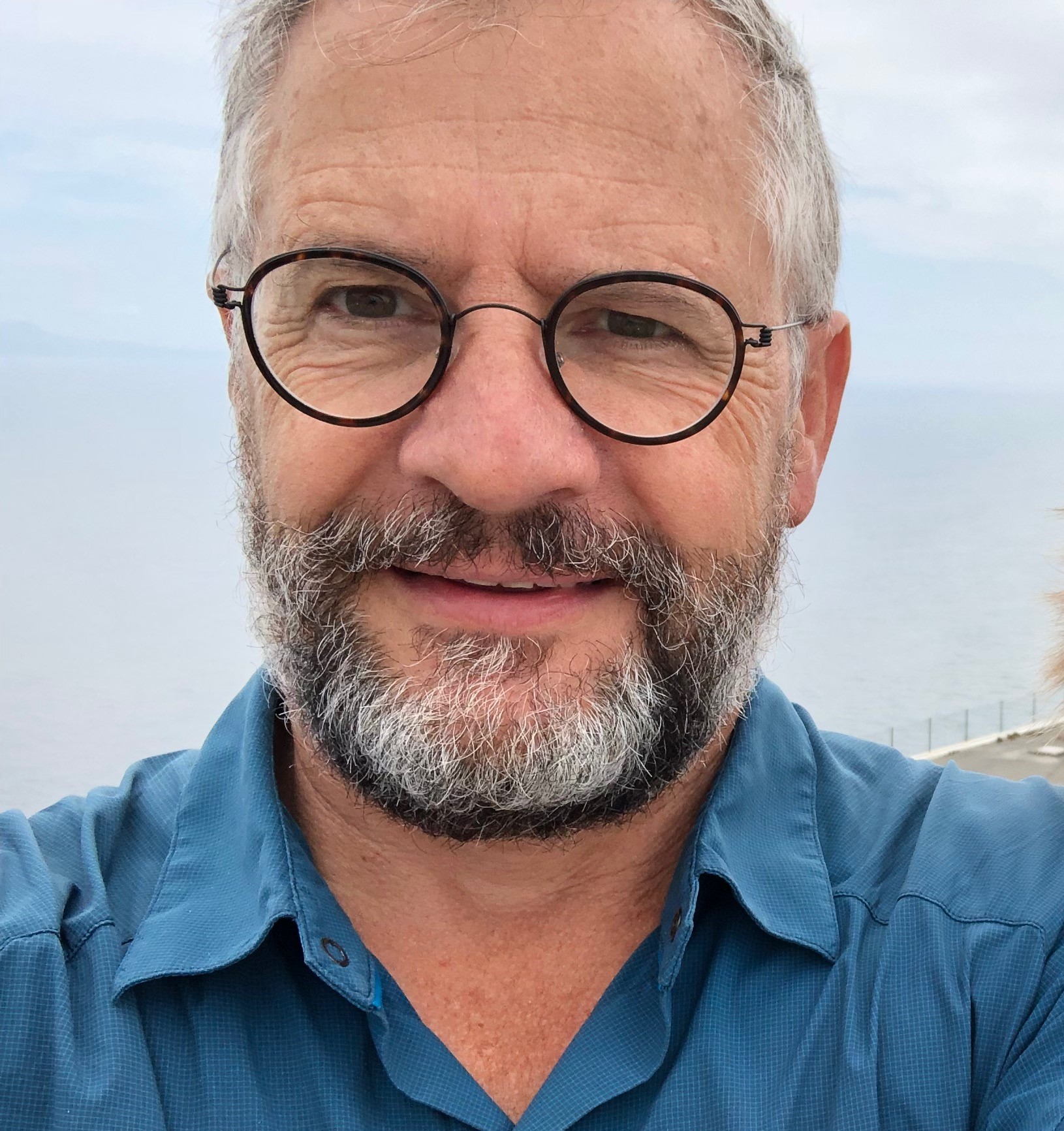
Innovative USask software project to boost Canada’s research capacity
Radiam project being led by College of Arts and Science
In an era when multidisciplinary research teams work across institutional and geographical boundaries generating vast amounts of live data that’s kept on various devices and platforms at scattered worksites, the ability to quickly access, process and share data securely with colleagues is essential for success.
Canada has resources such as the Federated Research Data Repository for completed datasets, but there’s a big gap when it comes to managing active data efficiently as they are being collected and worked upon by researchers.
A team led by University of Saskatchewan (USask) computing experts is working to fill this need by developing software tools enabling researchers to quickly locate research data by leveraging Compute Canada’s national advanced computing infrastructure and using Canada’s National Research and Education Network (NREN) to securely transfer research data within the country.
USask has been awarded a $550,000 contract by the Canadian Network for the Advancement of Research Industry and Education (CANARIE), a federally funded non-profit organization that is a key component of Canada’s digital infrastructure supporting research, education and innovation. CANARIE and its 12 provincial and territorial partners form NREN.
The software being developed over the next 18 months at USask will be called Radiam (from RDM—the acronym for Research Data Management).
“The software system we develop will have a substantial impact on Canadian research and innovation. Nothing like it exists in Canada at this scale,” said Dr. Kevin Schneider (PhD), a computer science professor at the USask College of Arts and Science, which leads the project.
“The distinction is the active nature of research data. These data are worked on by researchers, creating new outputs and analyses that need to be shared. Right now, the challenge is there’s nothing set up to easily transfer such huge volumes of data or even know that they exist.”
Simon Fraser University is collaborating with USask, and the two universities will provide in-kind contributions totalling $83,500 toward the Radiam project.
USask-led Global Water Futures (GWF), the $177-million Canada First Research Excellence Fund program, will be the pilot site for Radiam. GWF projects involve more than 700 researchers from 15 universities across Canada.
“The new software platforms that will emerge from this project will help us link together and manage the vast data archives that GWF is collecting from its 60 water and climate observatories and prediction model outputs for seven major river basins across Canada,” said GWF Director Dr. John Pomeroy (PhD).
“We have to manage this big data. It’s a very competitive area, so having a specialized, integrated data management system really puts us ahead. It speeds up access to data and permits us to do some research that otherwise would be impossible,” he said.
For instance, Pomeroy said GWF has Canada’s highest resolution climate model that’s generating hundreds of terabytes of data (one terabyte is equivalent to about 130,000 digital photos). Pomeroy said Radiam will enable researchers to move this data between models quickly and efficiently.
Radiam will help create a platform that can be customized for major projects or research teams to manage active data. In essence, it will organize project-level metadata (data about data, including where project data are currently stored, what they are, parameters under which data were collected, etc.) that support collaboration and innovation.
Instead of dealing with huge volumes of raw information, researchers on a large project can use Radiam to create metadata at the local level, efficiently select colleagues’ data for experiments, process those data to create new data, store those data and share them with team members.
“What’s really important is that scientists get to guide the development of the software so that it meets their needs. Our plan is for this technology to become part of the large-scale national computing, networking and data management infrastructure,” said Schneider.
Compute Canada/WestGrid will contribute their advanced national computational and storage resources, while the Canadian Association of Research Libraries’ Portage Network will provide in-kind support.
“This is a great opportunity to immediately help major research initiatives like GWF address issues that are important to Saskatchewan, such as water security, and develop software tools that will eventually benefit the whole nation,” said Radiam project lead Jason Hlady, USask research computing manager and Compute Canada’s research data management lead.


